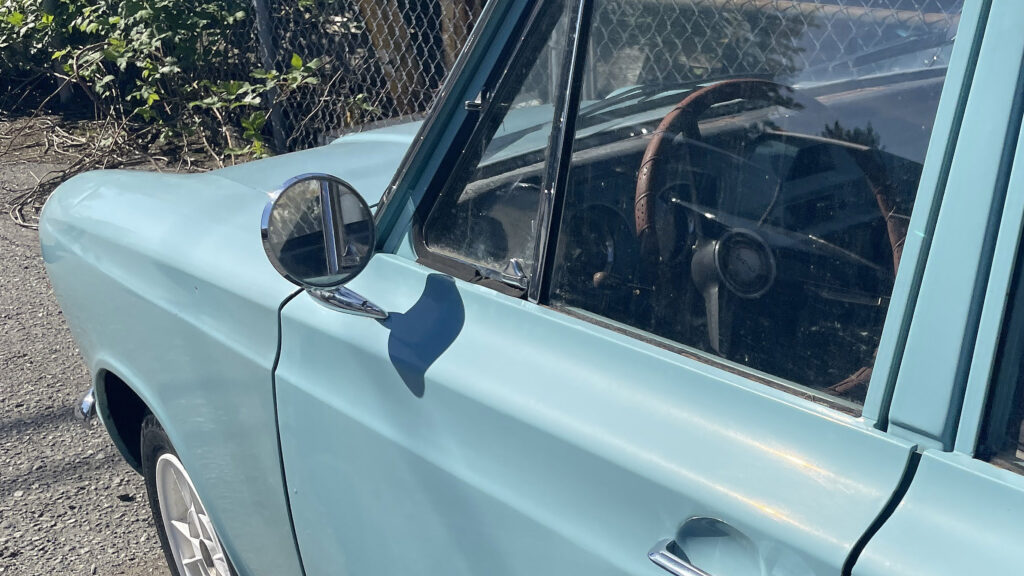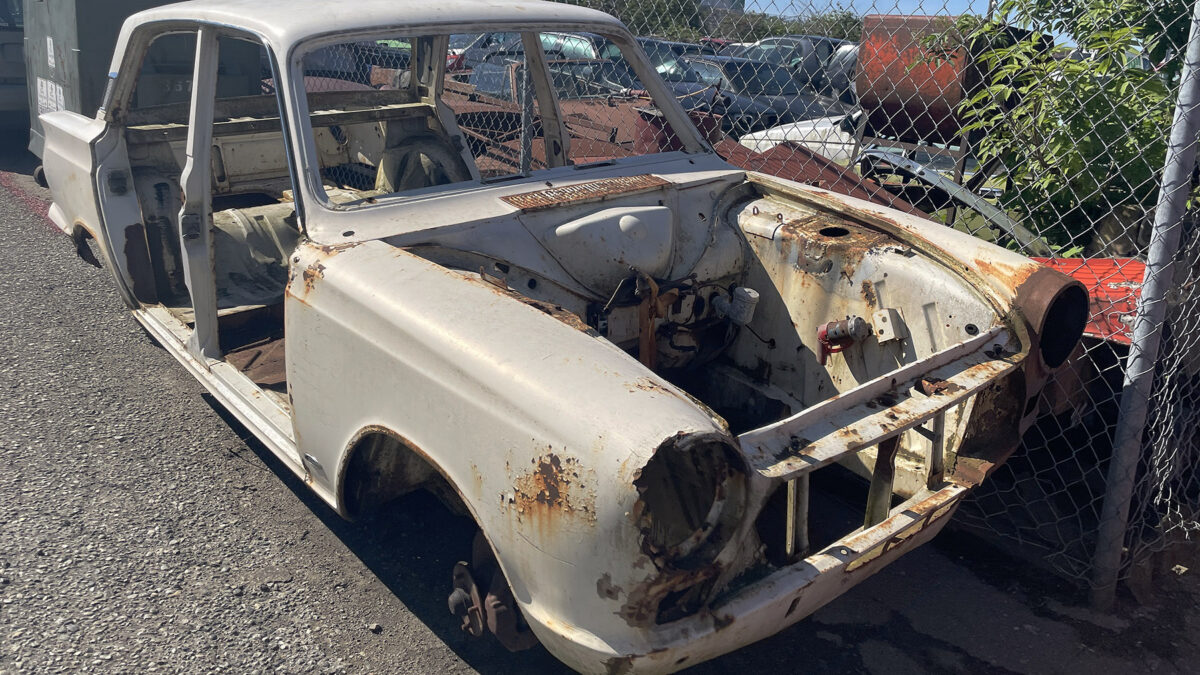The ideas that served as the foundation for my first novel came to me in glimpses. It started with glimpse of something that intrigued me, something I wouldn’t forget, and then later a glimpse of something else would haunt me. Sometimes they were actions. Sometimes traits. Other times I saw a place. Suddenly I had layers. Layers I could hold on to and complicate. Over time I found myself thinking about these images and feelings and places and about how they connected, if at all. Soon I thought I had an idea for a novel, and it turns out I did.
If only it was so simple and romantic. Daydreamer starts thinking more detailed about her regular daydreams, opens laptop and out comes a story in short hour-long writing sprints. This was not how it went for me.
Writers often talk about how to get that first draft of a novel. The idea being that if an aspiring writer can concentrate enough to get all the words on paper then the hard part is done. While I agree that getting the first draft on paper takes dedication, the subsequent drafts are even harder. Writing is about making decisions. Each draft is about validating those decisions or reworking those decisions into something different. For The Very Good Best Friend, I wrote at least eight full drafts and that doesn’t include the substantive editing process happening now with my publisher, Now or Never Publishing.
When I think about the state of my first draft and what the story has become over the last four years, well, it’s completely different. Interestingly, those foundational glimpses I first experienced that inspired me to tell this story and then used to layer my initial ideas together are all still there, but I needed to make them sharper. I wrote, rewrote, cut, and wrote, rewrote, and cut so many chapters that the small book has a million ghosts embedded in it.

Writing the first draft, even with the help of a high-level outline, felt like walking down into a dark, cluttered basement with only the dim light of my phone to illuminate where I was. I couldn’t see beyond my nose. I wasn’t sure if what I was seeing was actually what I thought I was seeing. Everything was hazy, nothing fully formed or looking right. This is all to say I had no idea what the heck I was doing and why on earth I had attempted to do something that. Write a novel? Me?
Regardless of how challenging it was, I gave myself the permission to pursue it, despite how complicated and exhilerating the process was. I feel good about that.
My Writing Takeaways
I’ve been thinking about the process I went through and thought I’d share a few takeaways I will remember as I approach future projects. Here they are:
- Make an outline: I know there are brilliant people out there who can “pants” it, but I am not that way. The direction is helpful even if I end up changing it down the line.
- Set word count goals: Mine are always a little ambitious for the time I have, but it gives me something to strive for and keeps me on track. And when I do hit the goal, which is more often than not, it feels great.
- Give yourself a break: As noted above, I like to have writing goals, but I found that when I really didn’t have the energy to write, I still urged myself to do it. This resulted in writing that was mostly entirely chopped. If only I had used that time better! Listen to your body.
- When the draft is done, put it away: This is a common tip from established writers, but one that can feel ambiguous when you’re just starting out. How much time? I’d say at LEAST a month or two after each draft, if you can. This allows you to come back to your work as a reader and not the person who just spent every free moment they had trying to tell the story. Giving myself time away was invaluable when it came from the editing process.
